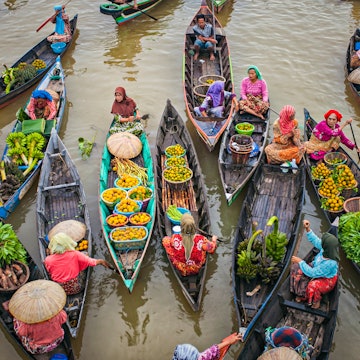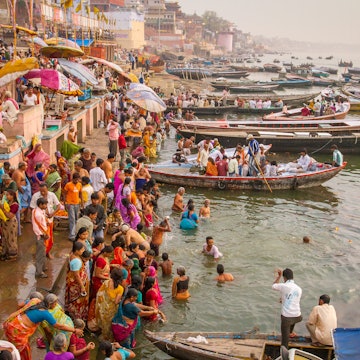
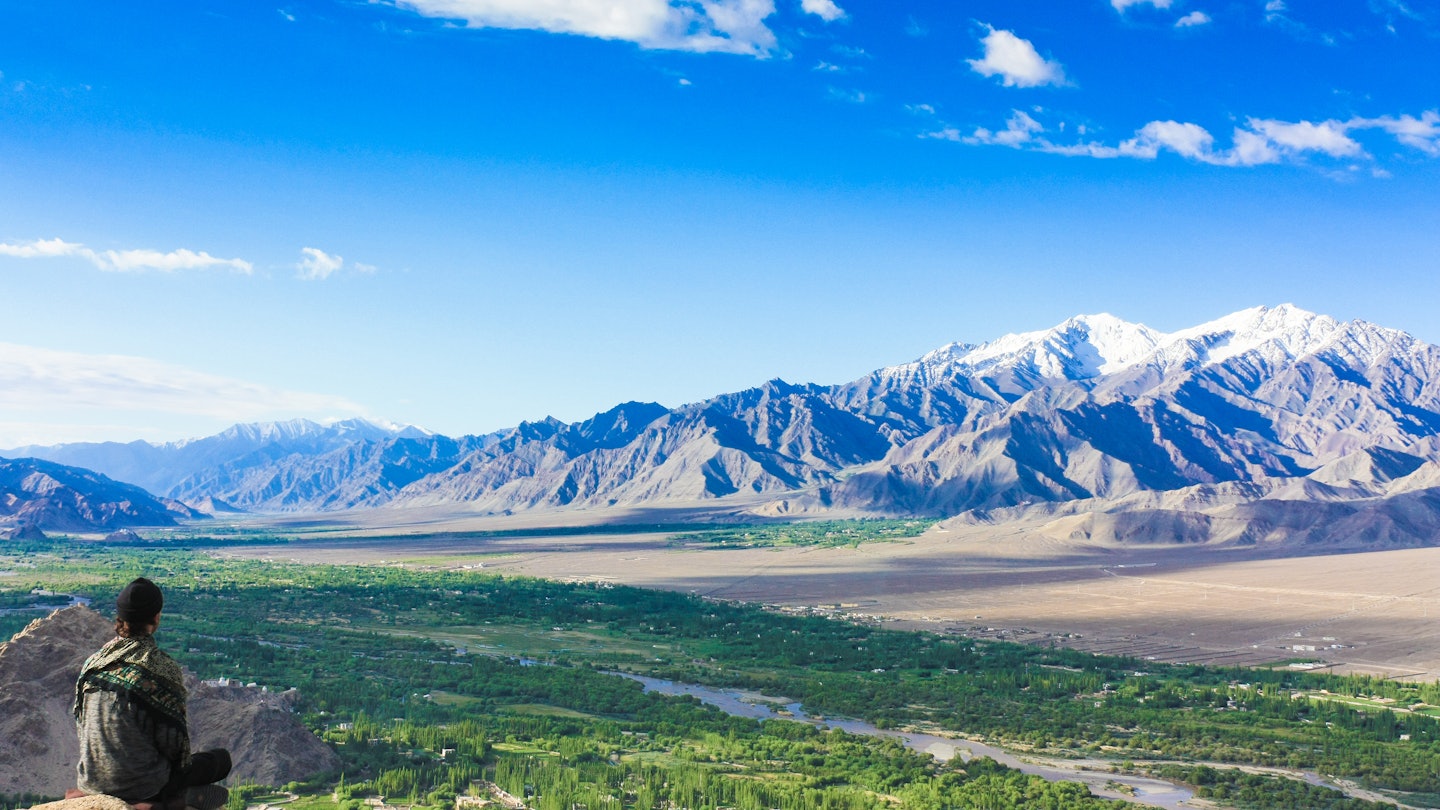
Meditating in Ladakh, India. Swansiri/Shutterstock
Amid its vibrant chaos, welcoming crowds, and overwhelming natural beauty, India cultivates a wellness culture that beckons you to look inwards. The country is known as the birthplace of Ayurveda, an ancient practice that defines healing as a journey of ritualistic caregiving for the mind, body and spirit. Coupled with universally recognized approaches such as naturopathy and emotional healing, Indian medicine has enabled travelers to slow down and nurture the roots of their well-being. And as an ever-evolving wellness destination, India continues to welcome new-age offerings, from the latest AI-generated beauty treatments to biofeedback equipment that digitizes the qualitative process of diagnosing one’s energy.
The numbers have followed. A market estimated at US$21.31 billion in 2025 – projected to grow further over the next five years – points to a rise in wellness tourism, with a large chunk of travelers choosing India for healing breaks.
But picking from these myriad treatments at diverse locations can be daunting – especially with jargon and rules that you may not be fully familiar with. Here’s our guide to help navigate your options and pick a wellness experience that works for you.
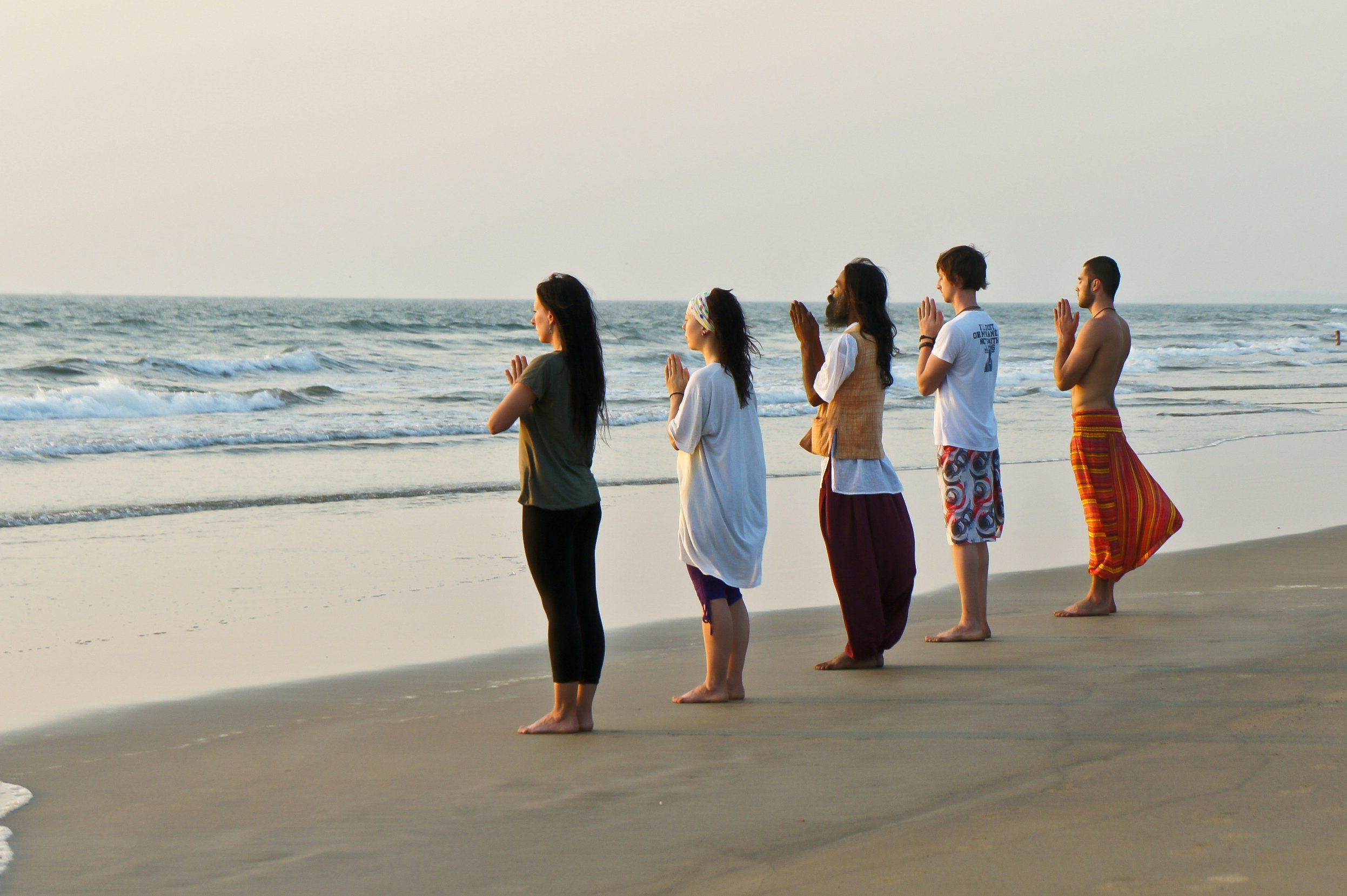
Why India is a fantastic wellness tourism destination
The Indian system of medicine has been tried and tested over centuries. Believed to have mythological origins, Ayurveda is today a standardized practice in India with doctors and therapists certified as per national educational standards with mandatory education in Western medicine. Many of the trends influencing global lifestyles today have also been rooted in Indian culture organically – think farm-to-table dining, clean diets, simple living and regular physical exercise. The foundations of Indian medicine are thus woven into programs quite intuitively, inspiring not just an escape from ailments but also a healthier way of living to take back home.
It’s not easy, for the process takes time to heal the body from inside, and requires a strict eye on daily routine, personal hygiene and herbal medicine. But that’s where India’s luxe hospitality comes in. Many retreats are now offering travelers a chance to experience self-care and revitalization with creature comforts in a versatile budget range. At the country’s top retreats, the deep-rooted healing from Ayurveda is meeting varied practices from around the world to offer a more universal approach that lets travelers find their unique path to wellness.
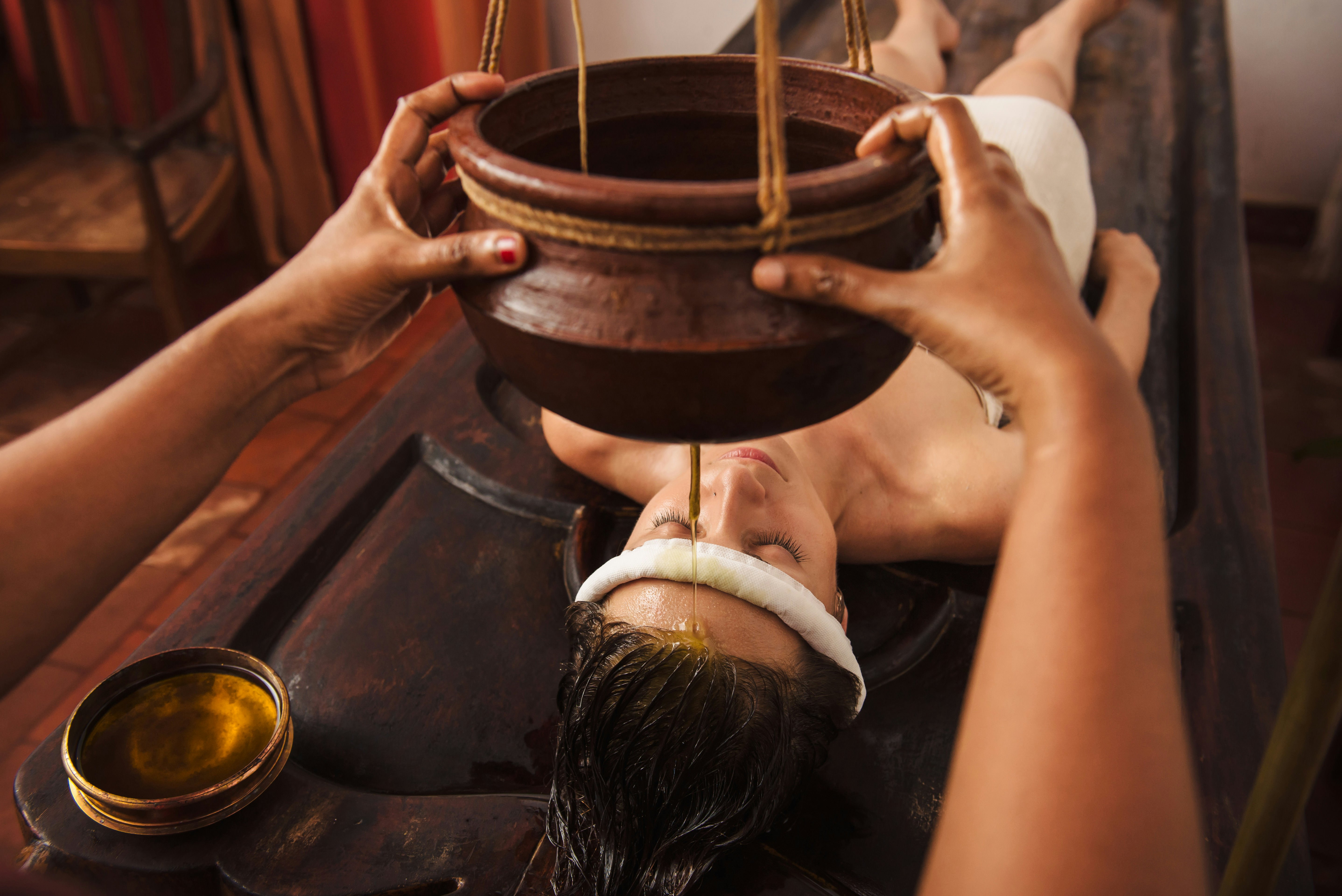
What are Ayurveda, naturopathy and other Indian wellness therapies?
Most retreats in India employ a mix of therapies, but some like Vaidyaratnam Vrindavan Ayurvedic Chikitsalaya (VVAC), Himachal Pradesh, will ask you to pick your preferred school of medicine.
Ayurveda: A 5000-year-old practice focused on balancing the mind, body and spirit by regulating doshas or energies associated with classical elements. Treatments involve yoga, detox therapies with oils, energy regulation and herbal medicines.
Naturopathy: Works on prevention over cure, attained through non-invasive ways. This means no use of medicines and a strictly raw and natural diet coupled with detoxifying therapies.
Traditional Chinese Medicine: May share some similarities with Ayurveda but is quite different. TCM restores imbalance in the body through physical and psychological therapies like acupuncture and moxibustion, while using herbal medicines not necessarily recognized by global regulatory bodies.
Alternative therapies: Practices like Reiki, Neuro-linguistic Programming (NLP), Inner Child Healing, and hypnotherapy are increasingly being employed to attain wellness through emotional and spiritual healing.
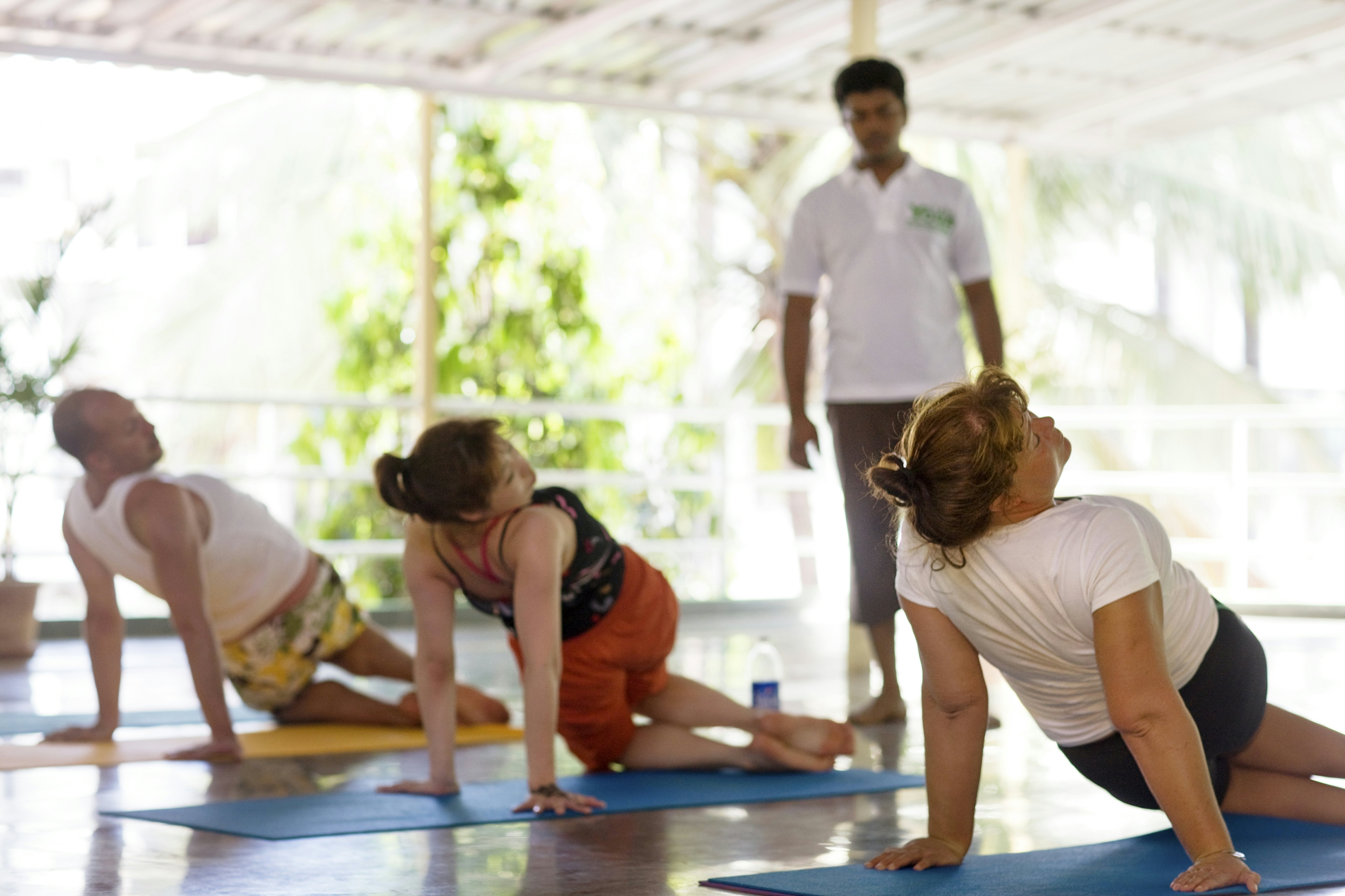
Types of wellness vacations in India
Wellness means different things in different contexts, with a variety of options to pick from:
Holistic healing retreats: Offer everything from leisurely rejuvenation to clinical recovery for various health conditions such as sleep issues, emotional burnout, stress and post-surgical recovery.
Where to go: Prakriti Shakti and Amal Tamara in KeralaLuxury wellness retreats: Provide top-notch facilities and customized amenities for pampering and leisurely rejuvenation through foundational therapies.
Where to go: Atmantan Wellness Resort, Maharashtra, and Six Senses Vana, UttarakhandHospitals and treatment centers: Focused on clinical treatment over rejuvenation, and have a track record with serious cases like paralysis, late-stage diseases and injuries.
Where to go: Kottakkal, KeralaYoga retreats: Curriculum-based programs with classes and lectures on the ancient practice.
Where to go: Rishikesh Yog Peeth, Uttarakhand, and Anahata Retreat, GoaCommunity building programs: Though unregulated in many cases, these tap into the social aspect of well-being, allowing you to connect with yourself and with like-minded people.
Where to go: Sneh Yog at multiple locations, and Suki Suki, MeghalayaEmotional healing retreats: Embedded into an existing program or offered as a standalone course on emotional recharge and energy healing.
Where to go: Ananda in the Himalayas, Uttarakhand, and Moksha in the Mountains, Himachal Pradesh, for a taste of India’s local initiatives
What to look for in retreat staff
Verify that the facility and its staff meet recognized standards. Certain Ayurvedic hospitals are NABH-accredited, meaning that they meet set standards of overall care and service. These certifications should be found on the retreat's website or ask for confirmation when you contact the retreat.
“Under Indian law, only BAMS degree-holders are licensed to practice Ayurveda,” Mr Raj Rishi Garg, Managing Director at VVAC, told us. Therapists, physiotherapists and Ayurveda attendants should hold relevant diplomas. He adds that pharmacists dispensing Ayurvedic medicines should have a B.Pharm (Ayurveda) and a license from the Drug Controller. “Any practitioner of naturopathy should be registered with the Naturopathy Registration Board.” Yoga teachers are recognized with Yoga Certification Board (YCB) certifications in India.

Picking between retreats and traditional Ayurvedic hospitals
An Indian Ayurvedic hospital will often offer modest amenities – hard wooden beds, regulated time in air conditioning, and strict diets with no exceptions. This ties in with the treatment plan, and how everything influences your body and health.
Retreats, on the other hand, can also offer a curated version of self-care and recovery from the daily tedium of life. Some of them offer indulgent facilities like access to bathtubs, multicuisine restaurants, and sports that let you step out of the premises for a break from campus routine. But at the very least, they may believe in allowing certain leniencies in creature comforts to prioritize holistic well-being.
How much does an Indian wellness retreat cost?
Yoga retreats can cost as low as US$12 per night for all-inclusive non air-conditioned rooms, such as those at Sivananda Ashram in Uttarakhand. But in India, a smaller budget often affords lower quality of amenities, and it’s advisable to check online reviews and ask for videos of your accommodations to ensure you get the standard of living you aspire for.
A mid-range Ayurveda retreat such as VVAC averages at US$100 per night for 14-day programs with comfortable facilities. A Panchakarma program, which is a foundational Ayurvedic detoxing ritual customized to a patient’s profile, starts at about US$550 per night at a luxury retreat like Dharana at Shillim.
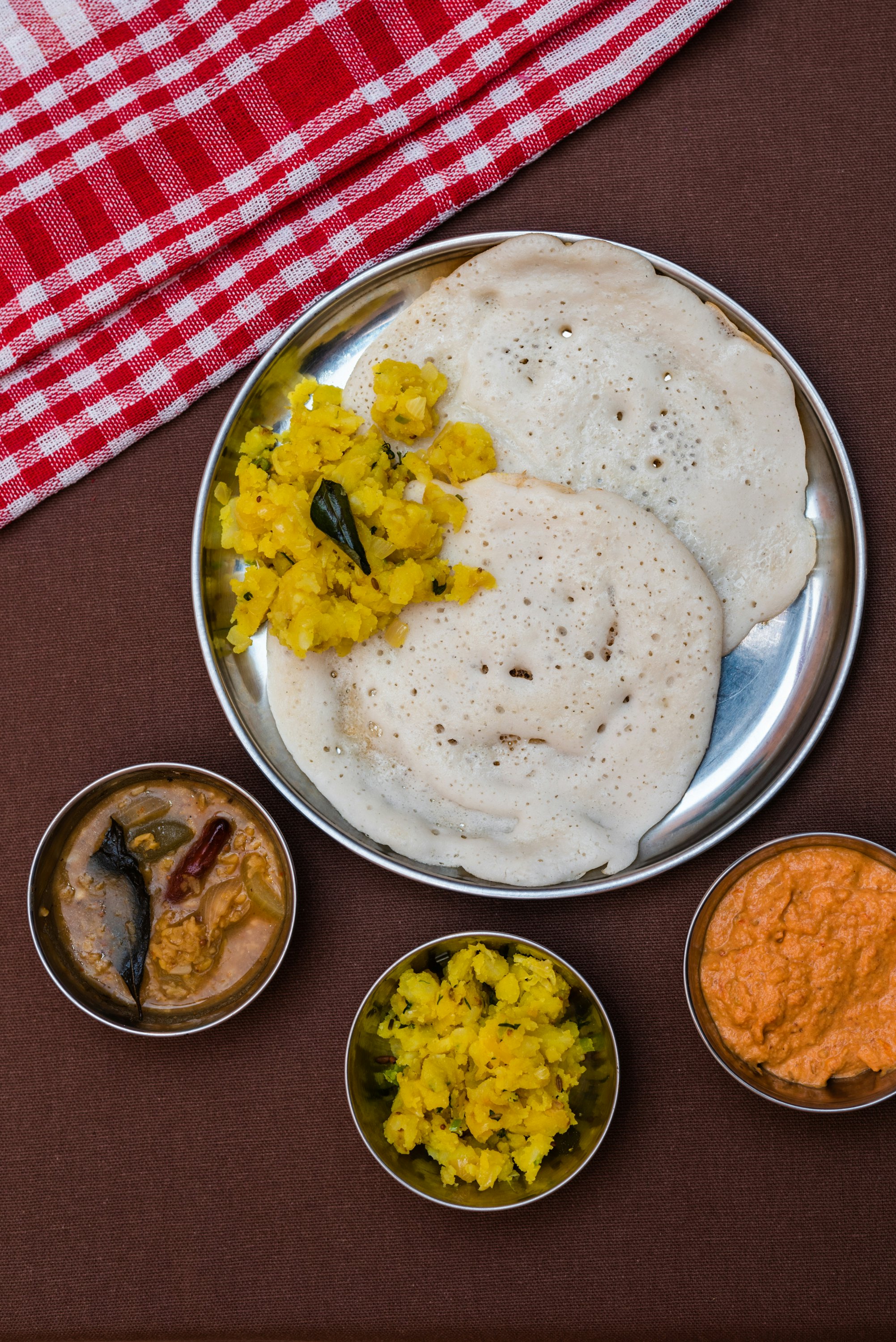
Does location matter while booking a retreat?
In India, location influences the availability of options. Kerala is an established hub for Ayurveda, while Rishikesh is a destination known for yogic retreats. Coastal Goa, South India’s backwaters, and the Himalayan views of North India all offer different environments for you to recover in the lap of nature. Climatic conditions also vary drastically across the country, and can require taking health precautions. For instance, Buddhist meditation at Mahabodhi International Meditation Center requires acclimatizing to Ladakh’s low oxygen levels.
Food at most Indian wellness retreats is customized within certain standard parameters, with regional variations adding variety. For instance, an Ayurvedic sattvik diet will be free of onion and garlic throughout India, but the local cuisine will influence the flavor while the produce used to make dishes will differ as per terrain. Most retreats offer a vegetarian or vegan menu, though a few, like Atmantan, have restaurants that serve meat and seafood, and those like Dheemahi serve whatever is medically required.
Accessibility in Indian retreats
You’ll find wheelchair assistance and accessible facilities at Indian retreats. The road leading to your retreat is a different matter: it is recommended to check with the team about dirt roads, steep hilly terrain, steps and other topography on the way to the location. Some remote hospitals like Kayakalp in Himachal Pradesh lack quick access to allopathic hospitals, so may not be suitable for emergent cases such as spinal injuries.
What to know while booking the retreat
Once you know what the country has to offer, think of what you want. Consider your level of familiarity with the practice, your motive for seeking a wellness break, and what your non-negotiables are. Some retreats will refuse tourists looking to visit for a day or two just to taste the Ayurvedic lifestyle. Hospitals like Kottakkal require medical records as a prerequisite for admission, and are strict with policies around smoking and drinking.
Indian retreats are not just about medicine and treatment, and it also helps to know how you’ll be spending your time outside the treatment room. I’ve enjoyed experiences such as evening meditations, singing sessions, cooking workshops and nature walks amid medicinal plants. Some resorts, such as the Oberoi Sukhvilas Spa Resort, Punjab, also offer forest bathing, pottery classes and community engagement sessions, like fireside chats. Those like Shreyas Yoga Retreat limit phone and wi-fi access for certain programs. Meeravanam, Karnataka, has a fully stocked library. Atmantan has a gym, pilates and dance studio, and salt pools.
Some wellness retreats in India are exclusively all-inclusive, while most offer all-inclusive packages as an option. For instance, Fazlani’s Nature’s Nest offers animal-assisted therapies with the option to book just the stay or a curated wellness program. Retreats like Six Senses Vana and Ananda only offer all-inclusive stays, with complimentary wellness treatments and activities, and access to facilities even upon booking a room. Any more treatments recommended as part of a program or your unique plan are charged separately.
If you’re going for a program, packages are typically offered for seven, 14 or 21 days. Some retreats mandate a minimum stay period anyway, but at least seven days are recommended to see the perceivable effects of any treatment course. A complete Panchakarma program takes 21 days.
That said, the point is to begin when you can, where you can. So don’t overthink it and join in for the next hot minute you get.












